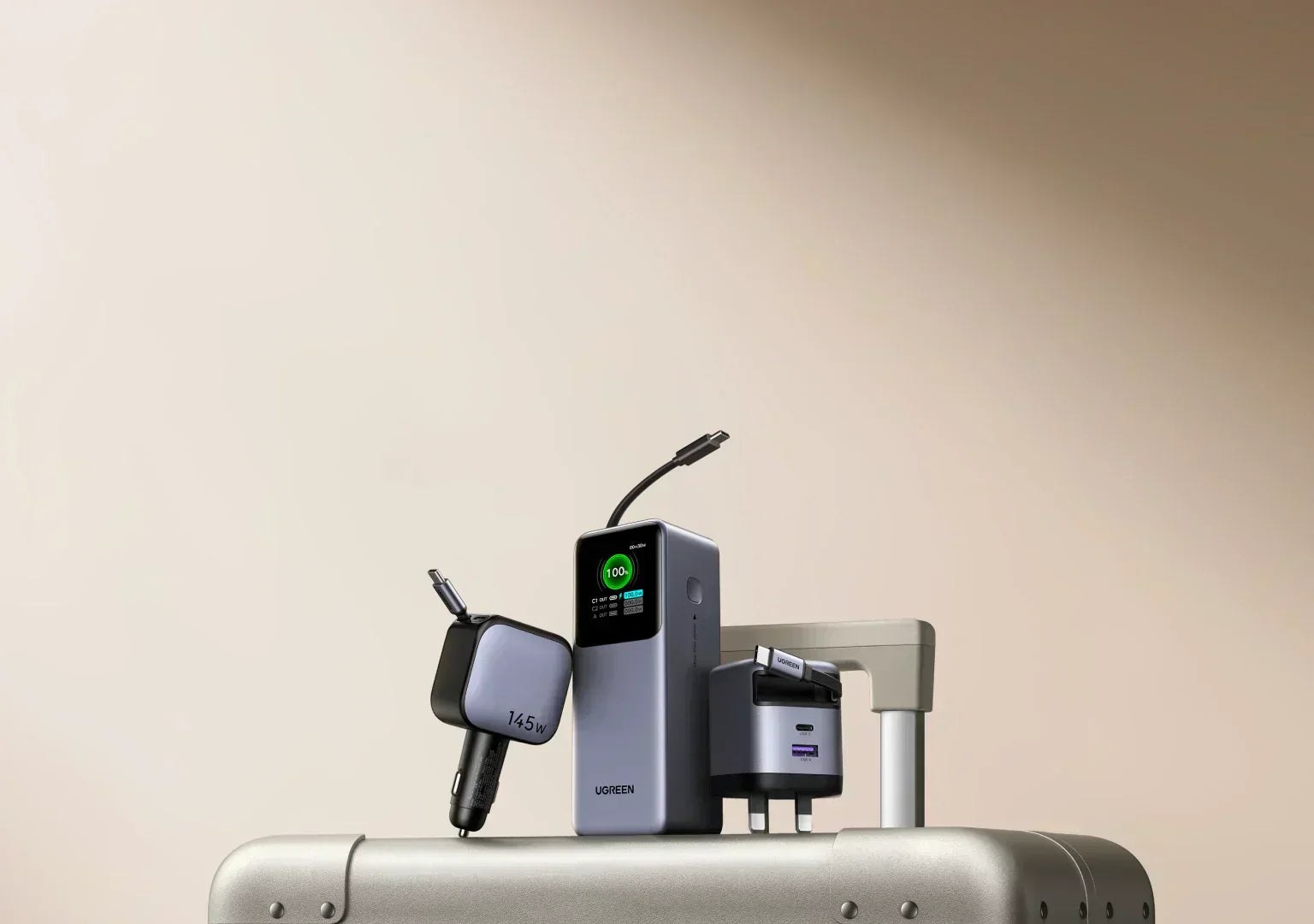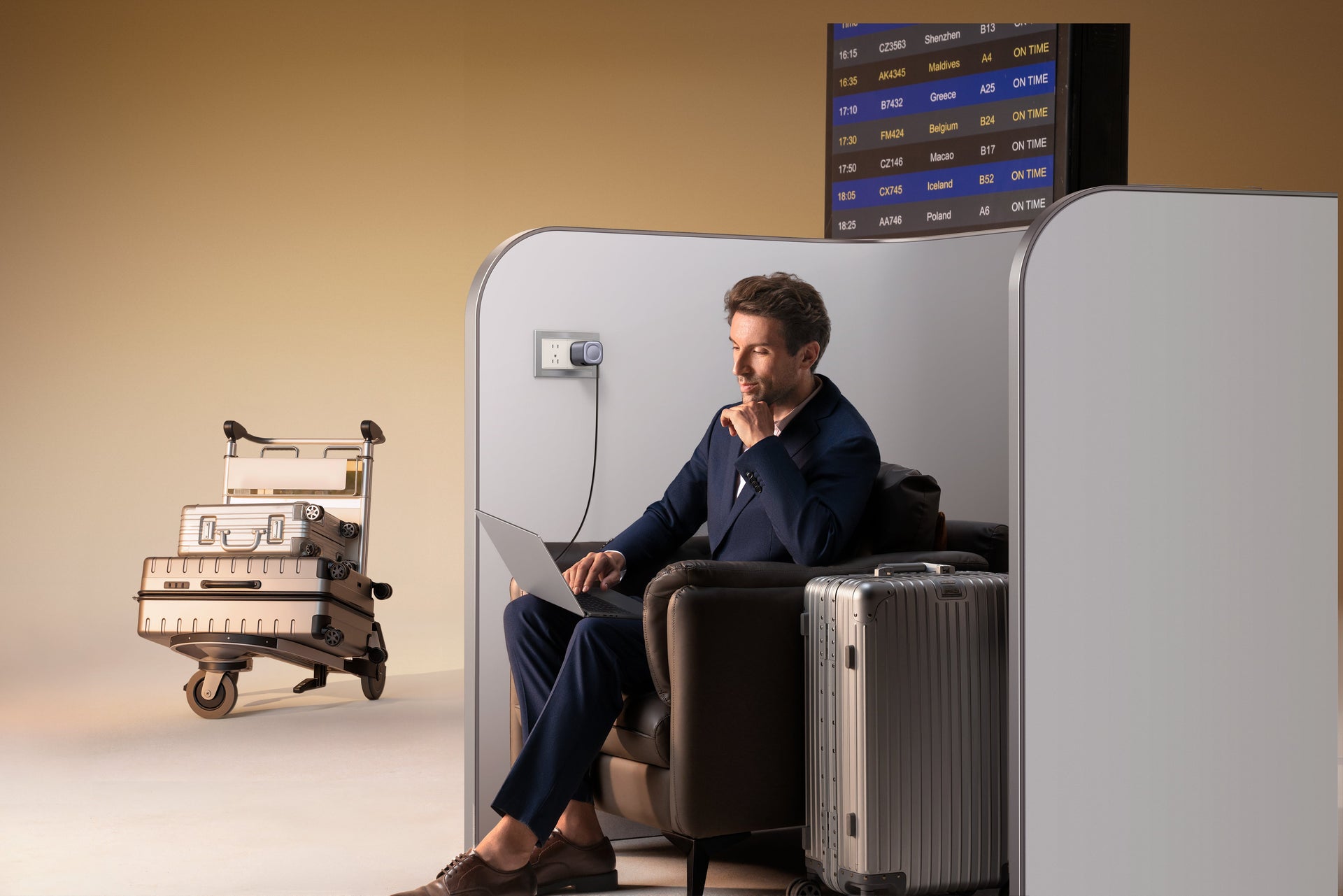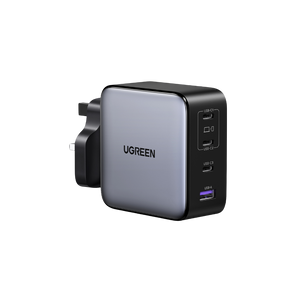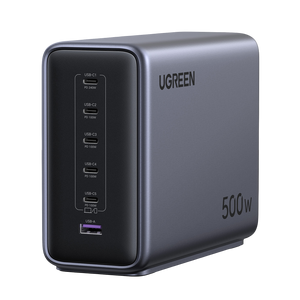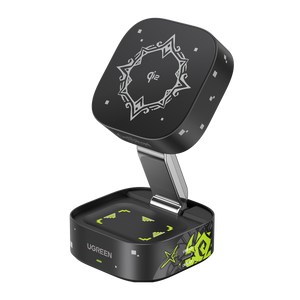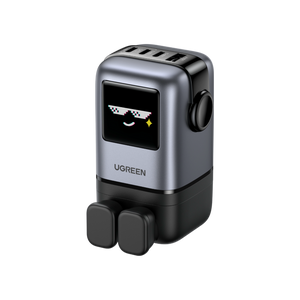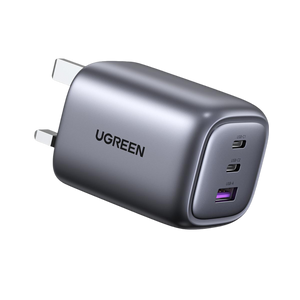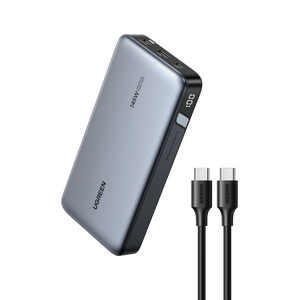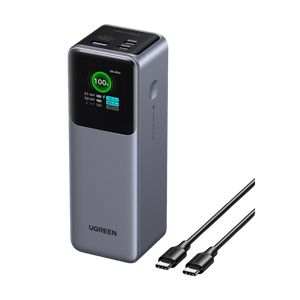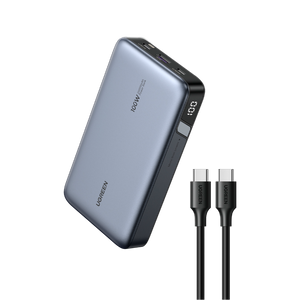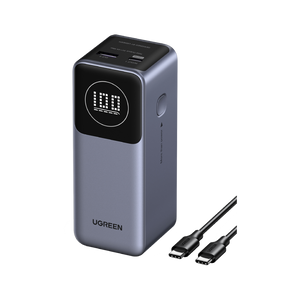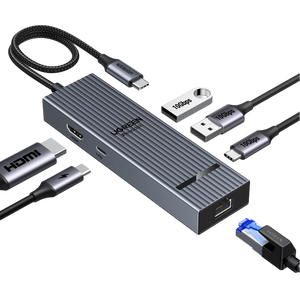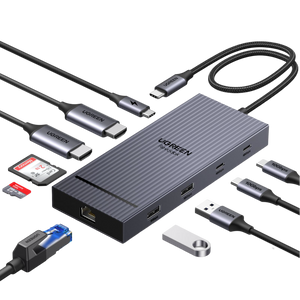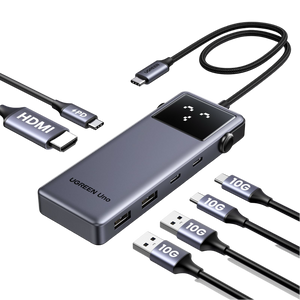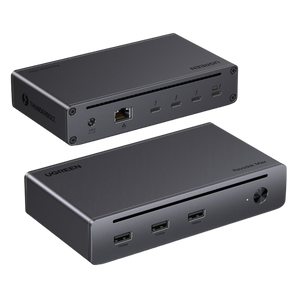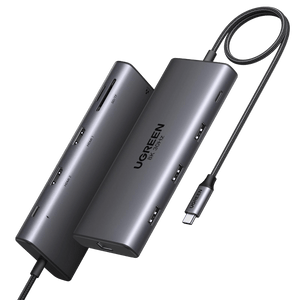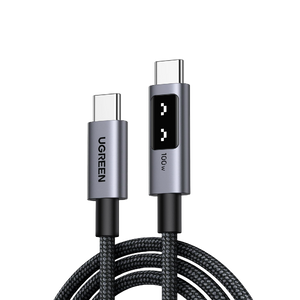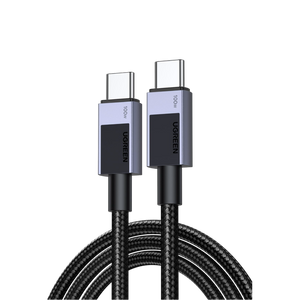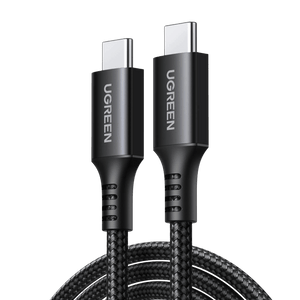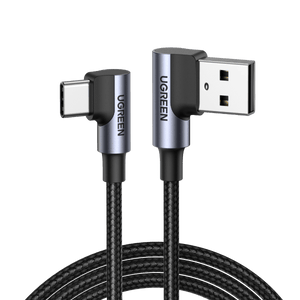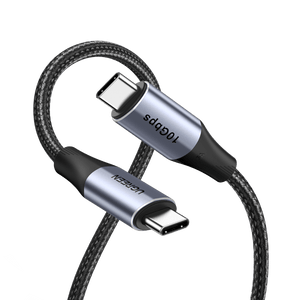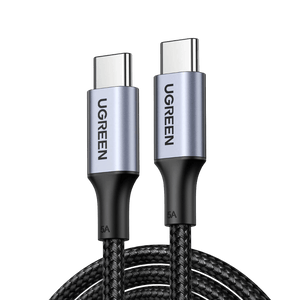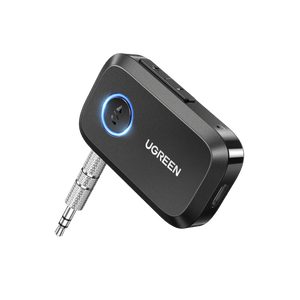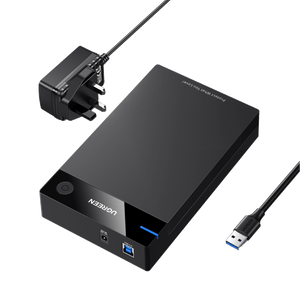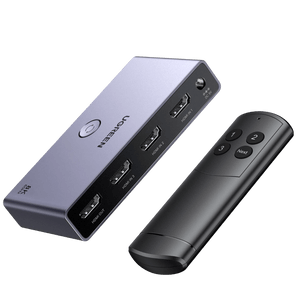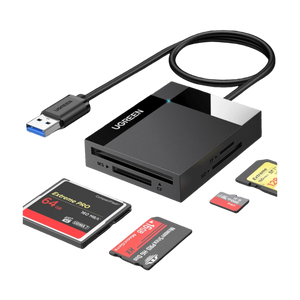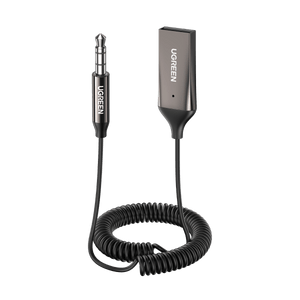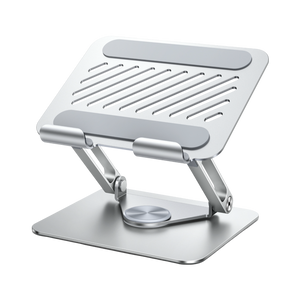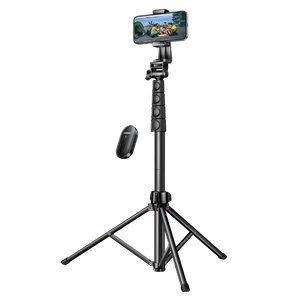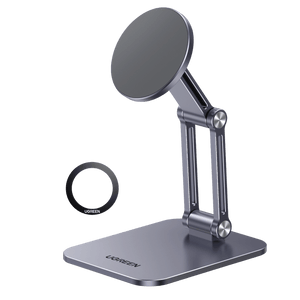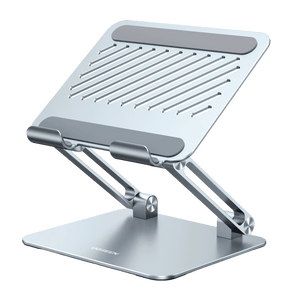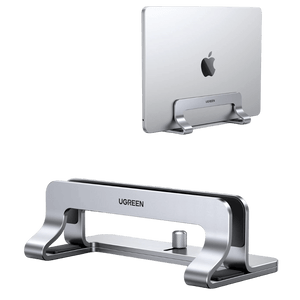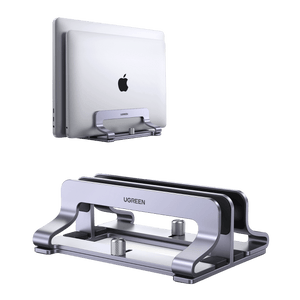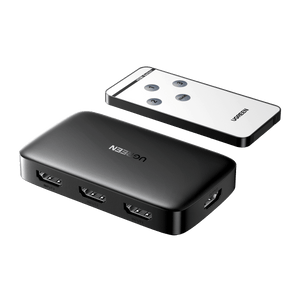iPhone 17 Charging with Third-Party Chargers: What You Need to Know
Many iPhone users often wonder if using a third-party charger will damage their battery or shorten its lifespan. The concern is understandable because of the prevalence of cheap accessories available in the market. iPhone 17 continues to support Apple’s well-established charging framework: USB-C, MagSafe, and Qi2 25W, allowing certified third-party chargers to be used safely. In this article, we’ll explore whether third-party chargers are truly safe, the standards that matter, and why UGREEN is a dependable solution.

iPhone 17 Charging Standards & Requirements
Wired Charging
IPhone 17 supports 40W fast charging. In practice, Apple rarely chases the highest wattage, preferring steady speeds that protect the battery. A 40W or higher PD charger is the sweet spot, giving a half-charge in roughly half an hour. That’s fast enough for daily top-ups without creating unnecessary heat. If you’re using a multi-port GaN charger, there’s no risk of overpowering the phone. GaN chips distribute power intelligently, only sending what the iPhone can handle, while staying compact, cool, and efficient.
Wireless Charging
Wireless charging has finally caught up. MagSafe is still at 25W, with magnets holding it all together and maintaining efficiency. The bigger news is that the introduction of Qi2 25W, expected in 2025, will also enable 25W charging speeds. Third-party wireless chargers can now hit MagSafe speeds, making cable-free charging fast and convenient. On older Qi pads, the iPhone 17 will be functional, but performance will be limited to 7.5W–15W. That’s fine for slow overnight charges, but for quick boosts, you’ll want a Qi2 25W or MagSafe charger. Together, they make wireless charging a viable alternative to plugging in.
Smart Battery Management
Hardware is only half the story; Apple’s software also protects battery health. The Optimized Battery Charging automatically slows down the charging process after your phone reaches 80%. This feature keeps your battery cells from aging too quickly. As for overcharging, while it’s technically possible to charge your iPhone for 10–12 hours, this can put unnecessary stress on the battery. However, charging overnight for 6–8 hours is typically fine, as iOS cuts or turns off charging when the battery is fully charged. That equilibrium gives you ease without compromising long-term functionality. Essentially, you can just leave the phone to look after itself.
Why Certification Matters for Safe Charging
Dangers of Low-Quality Accessories
A budget charger from a street stall might charge your iPhone, but it may cost you. In the absence of regulation, these accessories can deliver unstable voltage or current. They can also lead to overheating, battery burnout, or, in worst cases, fire hazards. Apple products are designed with stringent charging profiles, and pairing them with replica equipment is like forcing the wrong key into a lock. It may work the first time, but long-term damage is virtually inevitable.
What Exactly Are Non-Certified Accessories?
Non-certified just means the accessory hasn’t been put through any recognized safety or compatibility standard. For Apple devices, there are three certifications that matter the most: MFi (Made for iPhone), USB-IF, and Qi2 25W.
- MFi: This is Apple’s seal of approval for Lightning cables and accessories. They guarantee they meet Apple’s internal standards on safety and performance.
- USB-IF: This certification is for USB-C cables and chargers. They guarantee your product can handle Power Delivery correctly and won’t damage circuits.
- Qi2 25W: This standard is run by the Wireless Power Consortium. They make sure wireless pads deliver the promised 25W safely and efficiently.
Other Important Standards
Beyond the big three, you’ll see other stamps like UL, CE, or FCC. They ensure a product meets international electrical and electromagnetic safety checks. Regional marks such as ETL, PSE, or KC are crucial for local compliance in markets like Japan or Korea. On the environmental side, RoHS and REACH guarantee materials are free of hazardous substances, protecting both users and ecosystems.
Using third-party chargers can be just as safe and reliable, as long as they are certified with MFi, USB-IF, or Qi2 25W. For fast, safe, and efficient charging, choose accessories that clearly display these certifications. They ensure that a third-party charger will not only charge your iPhone 17 but also protect its battery lifespan.
Benefits of Premium Chargers Like UGREEN
Technology & Safety
A good charger today does more than pump power into your phone; it manages it smartly. UGREEN’s models support the latest protocols: PD 3.0/3.1, PPS, QC4+, and Qi2. UGREEN’s MagFlow series is fully certified with Qi2 25W, ensuring maximum compatibility and fast wireless charging across all devices. Whether you’re topping up an iPhone 17, an iPad, or even a MacBook, you’ll get the right speed without guesswork.
Inside, layers of protection guard against overcharge, overcurrent, overheating, and voltage spikes, so you’re not gambling with your expensive device. The real advancement comes courtesy of GaNFast chips. While traditional silicon bricks heat and bulk up, GaN enables chargers to function with reduced heat and bulk and still offer high wattage with efficiency. This means you can enjoy laptop-charging speeds from a charger small enough to fit in your pocket.
Multi-Scenario Adaptability
A charger should fit your lifestyle, not the other way around. At home or the office, dealing with three separate chargers for your iPhone, AirPods, and Apple Watch can create clutter. The UGREEN MagFlow 3-in-1 Magnetic Wireless Desktop Charger 25W takes away that clutter in one stroke. They simplify your setup by allowing you to charge all three devices at once, efficiently, and with an Apple-friendly design that keeps your space neat.

Now imagine you’re on a business trip. Packing light is crucial, but your laptops, tablets, and phones are still going to need to be powered up. Instead of carrying around a few bricks and cables, the UGREEN Nexode Retractable Series gives you both a retractable 3-port wall charger and a retractable 3-port power bank. They pack easily into a bag, cords hidden, so that you can remain charged on the go without the clutter.

For those constantly on the move, the MagFlow magnetic wireless power bank Qi2 25W is the solution. They clip directly to your iPhone, charging it conveniently while it’s in your pocket. Wherever you are, UGREEN adapts.

Advantages Over Apple Original Chargers
Better Value
Apple’s original chargers are durable, but tend to be single-port and limited to approximately 35W, which is fine for an iPhone but insufficient for larger devices. In contrast, UGREEN GaN chargers offer multiple ports and a range of higher power options, 65W, 100W, and even 140W, providing more flexibility for different charging needs.
Greater Flexibility
Apple’s chargers are dedicated to the iOS platform. Whereas UGREEN chargers support PD 3.1, PPS, QC4+, and Qi2 25W. This means that with one UGREEN charger, you can use it for Android phones, laptops, earbuds, and wireless pads. This eliminates the need for a separate charger for each device.
Complete Ecosystem
UGREEN builds a complete charging ecosystem from braided USB-C cables to retractable travel chargers, MagFlow wireless power banks, and multi-device charging stations. Each product carries reliable certifications, ensuring dependable performance and long-term durability.
Conclusion
Not all third-party chargers pose a risk to your device. The difference is certification and build quality. Here is where UGREEN stands out. Backed by worldwide compliance stamps and loved by Apple’s ecosystem, UGREEN chargers combine speed, flexibility, and reliability. So, choosing third-party chargers is not just about charging faster. It’s about charging smarter, and with the assurance that your iPhone 17 is fully protected.
FAQ about iPhone 17 Third-Party Chargers
Will third-party chargers damage the battery?
If the charger meets safety standards then it's unlikely. UGREEN designs its chargers to comply with Apple's MFi and USB PD safety standards, so an iPhone 17 generally draws only the power it needs under normal conditions. Most problems arise from counterfeit or low-quality chargers that lack proper safeguards.
Can high-wattage multi-port chargers (e.g., 200W) safely charge an iPhone?
Yes. If the charger complies with PD/PPS standards and the cable supports required wattage. The iPhone 17 supports PD/PPS fast charging and will draw up to around 27–30W, even from a 200W multi-port charger. The higher total wattage allows multiple devices to charge simultaneously while maintaining safe power delivery for each device.
What is the difference between GaN chargers and regular PD chargers?
GaN (Gallium Nitride) allows chargers to be smaller and more efficient than silicon-based ones, generating less heat while supporting the same wattage as traditional PD chargers. This is ideal for users who need to charge multiple devices at once while keeping chargers compact and portable.
Is Qi2 wireless charging better than MagSafe?
Depends – Qi2 is similar, but MagSafe may offer slightly more stable alignment. Qi2 25W supports up to 25W wireless charging, similar to MagSafe. It improves magnetic alignment and charging efficiency, though MagSafe may still offer slightly more stable alignment on iPhones.
What certifications are key for safe chargers?
Focus on the big three: MFi, USB-IF, and Qi2 25W. Other stamps like UL, CE, or FCC contribute to the warranty of international safety and environmental regulations. These seals are not logos; they verify the product was stress-tested for real-world safety.
Does long-term charging (>12 hours) accelerate battery aging?
It's generally safe with Optimized Battery Charging, but risks increase with high temperature or non-compliant chargers. Occasional overnight charging is generally safe thanks to iOS’s Optimized Battery Charging, which reduces battery stress by pausing the charge at around 80% until needed. Battery aging risk increases if charging is continuous in high-temperature environments or with non-compliant chargers.



